The Under-$30 Pour-Over Set That Makes Perfect Coffee
Make a cafe-quality cup of coffee with this handsome Japanese brewer.
Like coffee? Then heed this advice to make a pro-level cup at home.
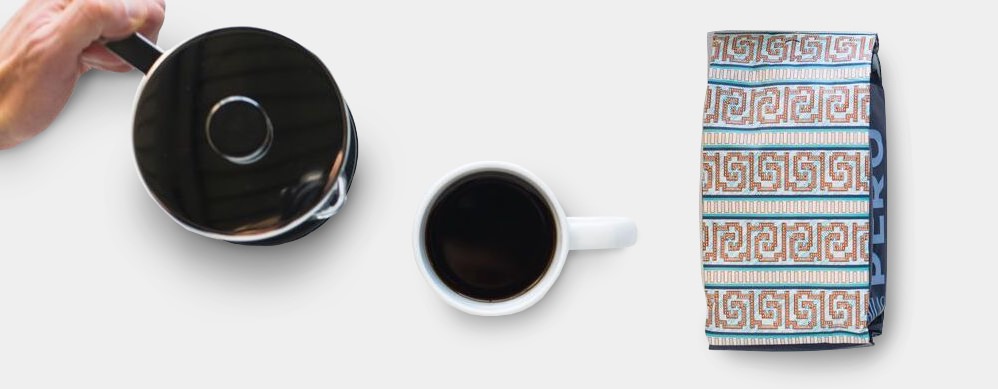
More Americans are drinking a daily cup of coffee in 2017—a reversal of four years of declines, according to an industry report by the National Coffee Association. This is all thanks to the surge in cold brew's popularity along with artisanal methods and single origin beans. But it can be an intimidating world to navigate. Which is why a lot of guys say "screw it" and grab a can of supermarket grounds and toss them into a standard coffeemaker. But if you do that, you'll never enjoy the pleasure of a rich, satisfying cup of coffee at home.
To help us step up our game, we went to Atlas Coffee Club, the Austin-based subscription service with a mission of introducing you to the world's best coffee. "With over 50+ countries that produce coffee, we've designed our monthly subscription to zigzag across the equator and highlight a new country's coffee and culture," says Atlas' creative director Jordan Rosenacker. What we really appreciated about the Atlas package we were sent was that it wasn't just the coffee—it also contained information on the beans and the country of origin along with tasting notes and brewing recommendations. So not only did we have a better cup of coffee, but we actually felt like we knew why it was so good and could actually talk about it with confidence. So we asked Rosenacker to share some knowledge so you too can make pro-level coffee at home.
With single origin, you're going to notice three things: discernibly better quality, a unique flavor profile and a true representation of coffee from a specific region. When the coffee is harvested from one specific location, like a three-acre farm, the flavors will be incredibly unique and a fine representation of coffee from that area due to the farming conditions, rain levels, etc. Much like wine, there will be flavor profiles highlighting the notes to look for like pomegranate, chocolate, caramel and honey.
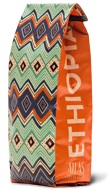
Ethiopia Sidamo, $15
by Atlas Coffee Club

Ethiopia Sidamo, $15
by Atlas Coffee Club
When you don't see a single country listed on a bag as the type of coffee, you're most likely holding a bag that's been cut with some inferior coffee. Certain coffee companies will do this to reduce overall cost and will often over roast the coffee so you can't notice the imperfection. You certainly won't be noticing any fruitier notes or sweet tastes like you would with a coffee from Burundi, Ethiopia, Kenya or Congo.
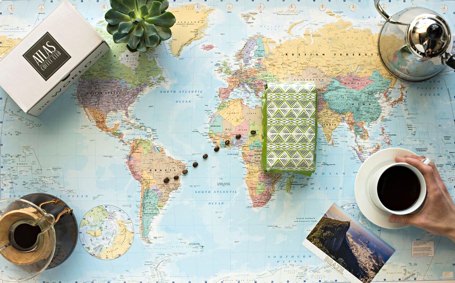
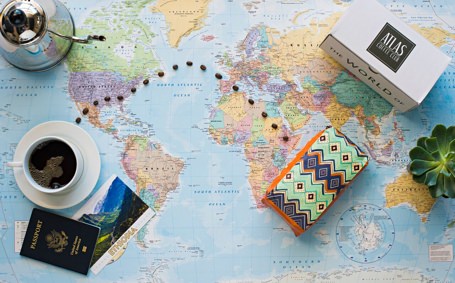
Each country has its own unique flavor profile and we exist as a company to showcase this. You can wake up with a coffee subscription where one month you can experience coffee from Cajamarca, Peru with its rich flavors of chocolate, almond and honey. Then next month brew our beans from Idjwi Island, Congo, a coffee with a unique grape and plum flavor profile. Our subscribers get to explore the unique differences in coffee from far off countries and can compare the differences, often times learning a lot in the process.
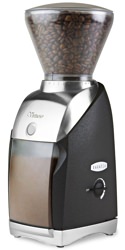
The best grind for your buck:
Virtuoso coffee grinder,
$229 by Baratza

The best grind for your buck: Virtuoso coffee grinder, $229 by Baratza
But it's also important to have a proper coffee grinder—the consistency in the size of the coffee grounds is key. Having a grinder that can dial in an evenly ground, wide range of grind types is key to making sure you are a good matchmaker for both the coffee brew method and your soon to be buzzing taste palette.
Coffee only has two ingredients—coffee and water—so the method plays a part in the final flavor. Depending on the coffee we're brewing, we'll do a pour-over or an Aeropress for lighter roasts and if we ever take a ride on the dark side, then that's going down in the French press. [Editor's Note: Atlas has a growing collection of insightful brewing guides, from how to make coffee without a coffee maker to expertly brewing a single cup.]